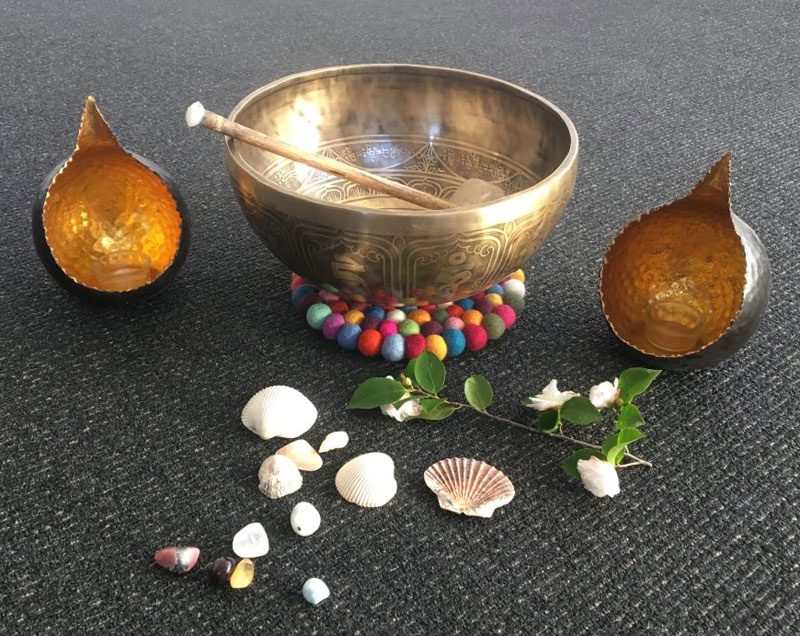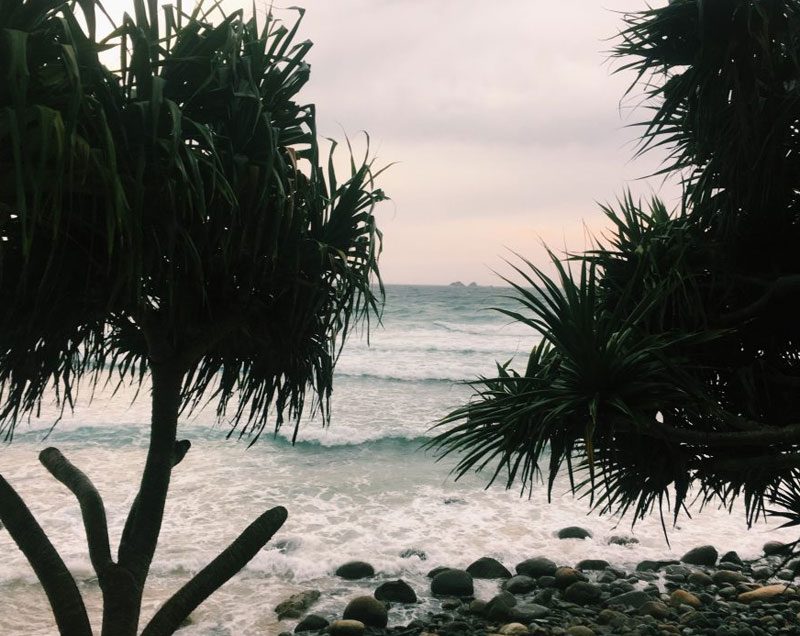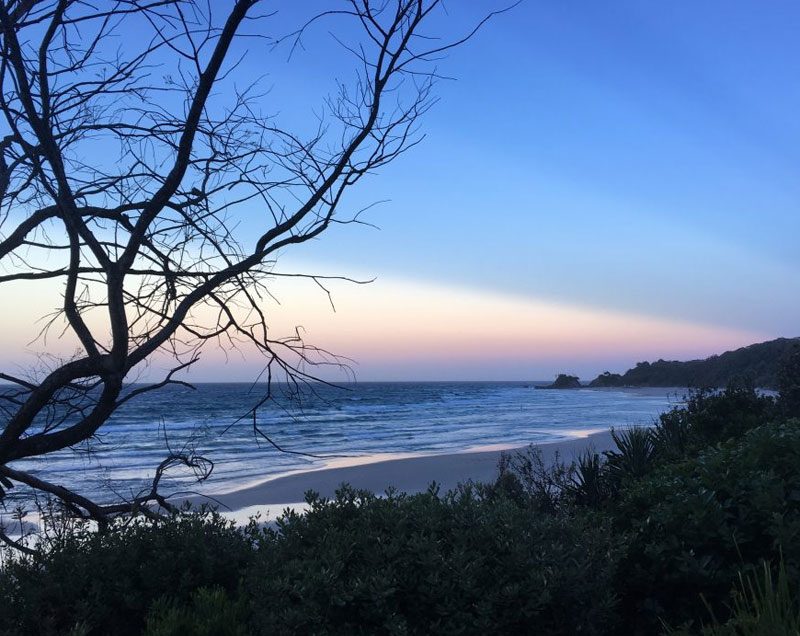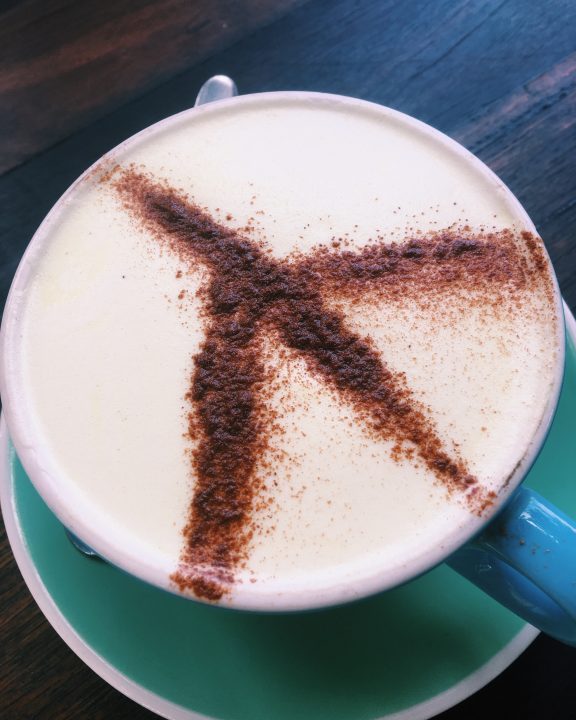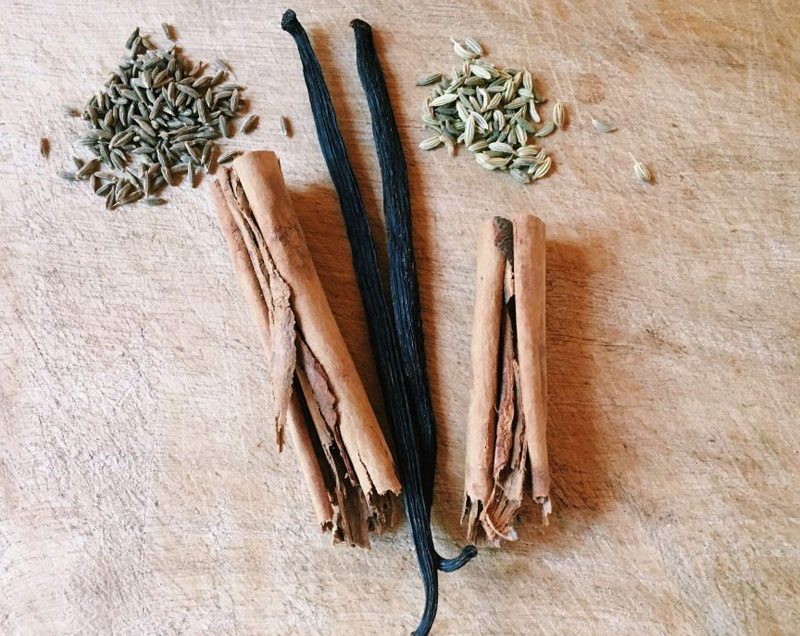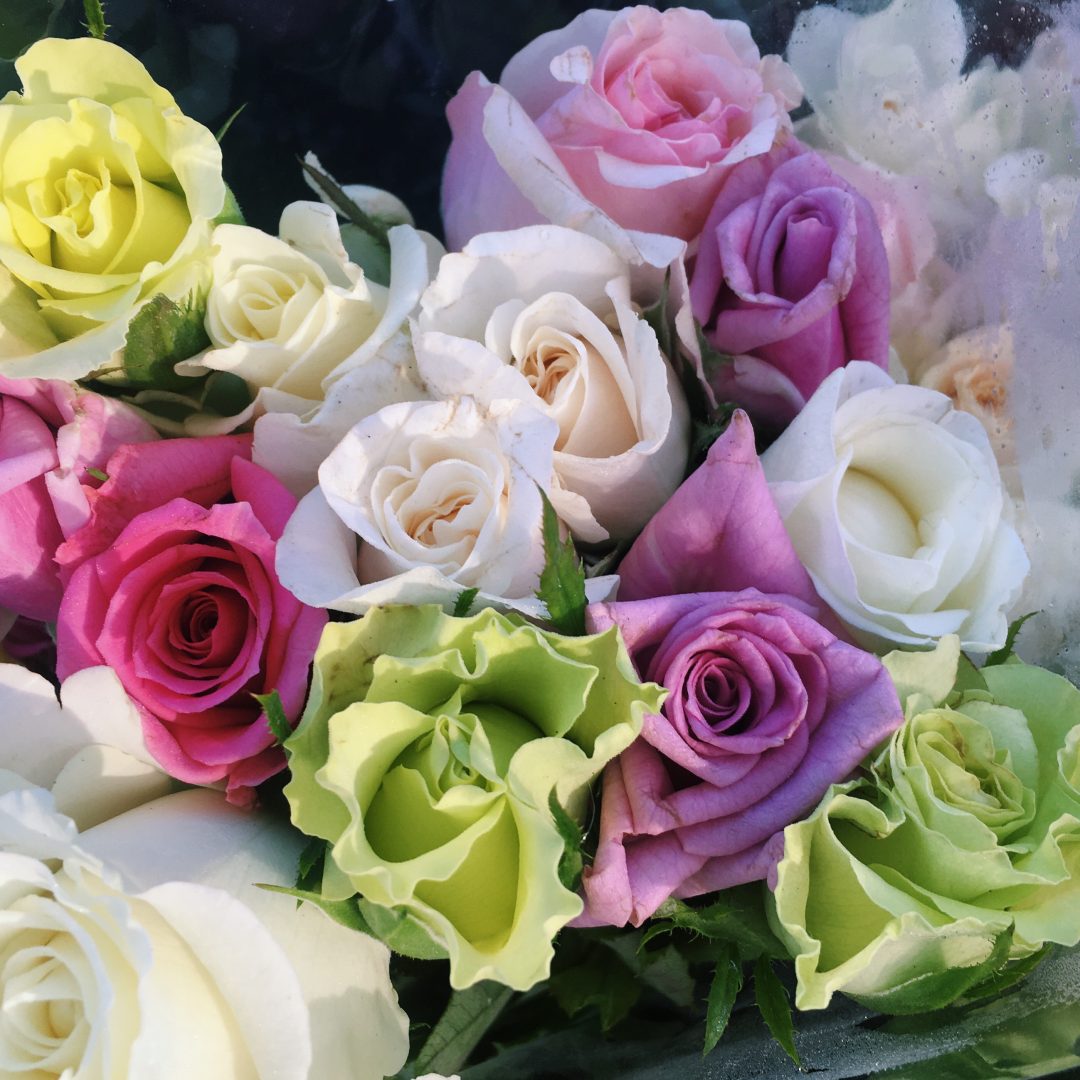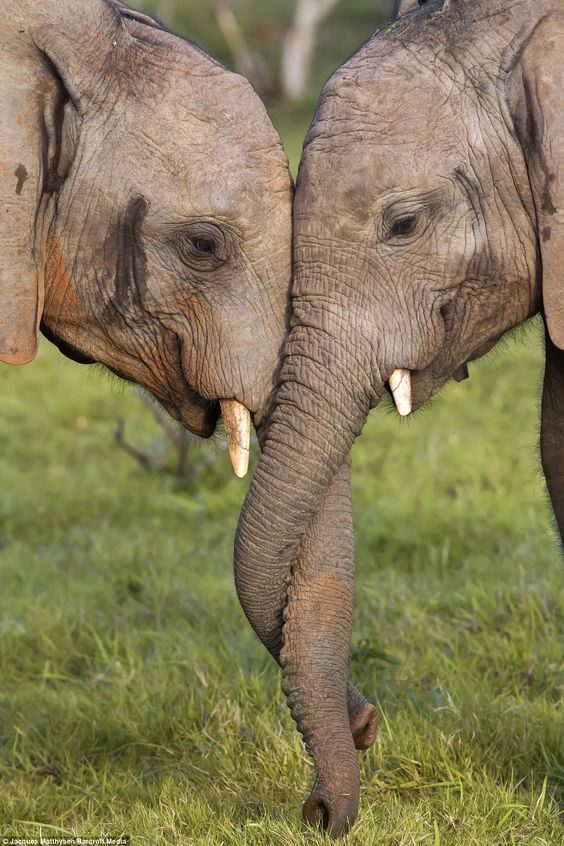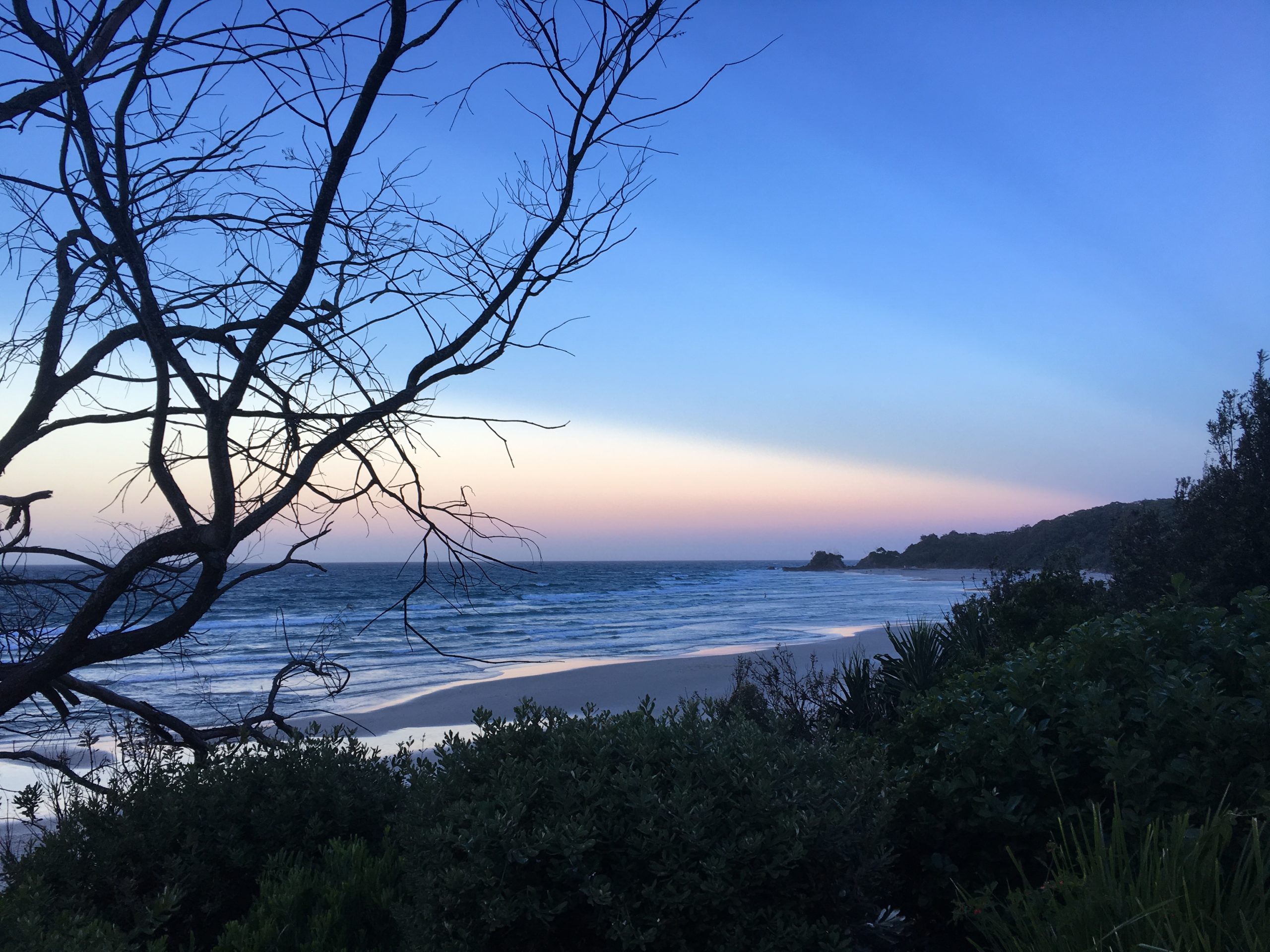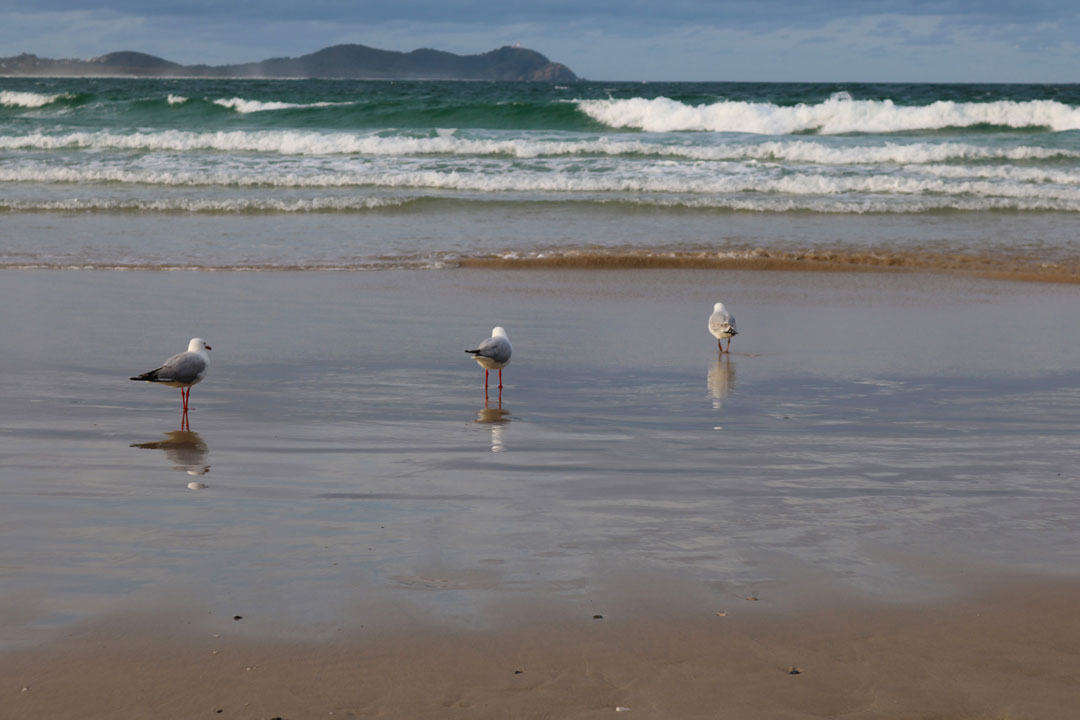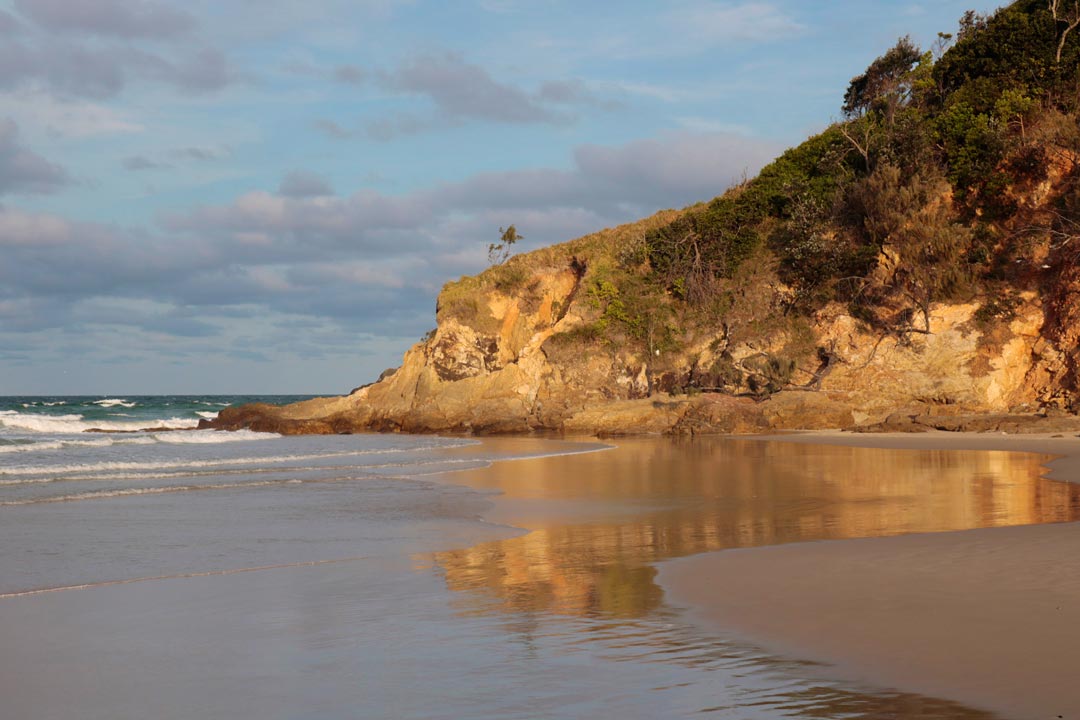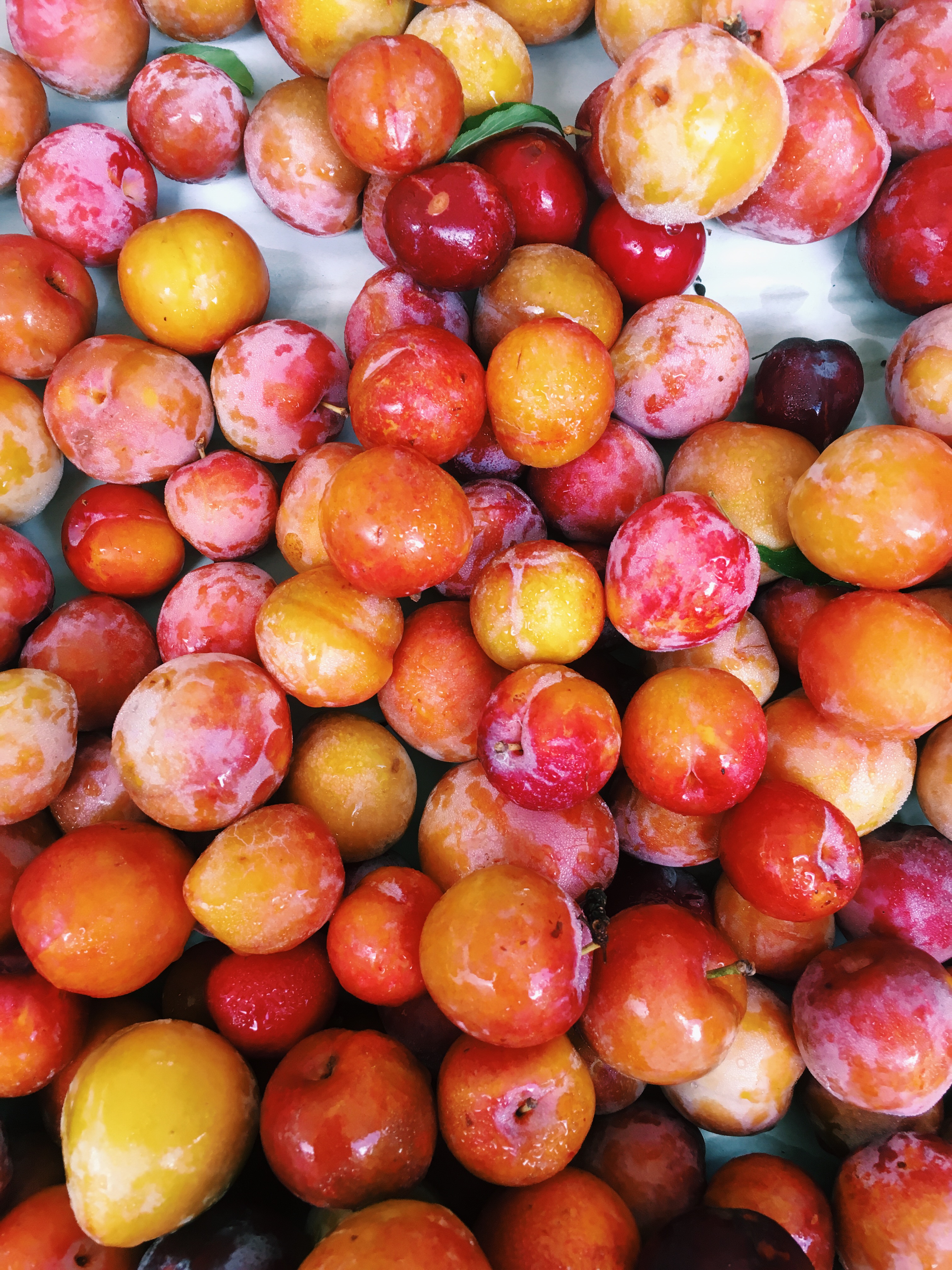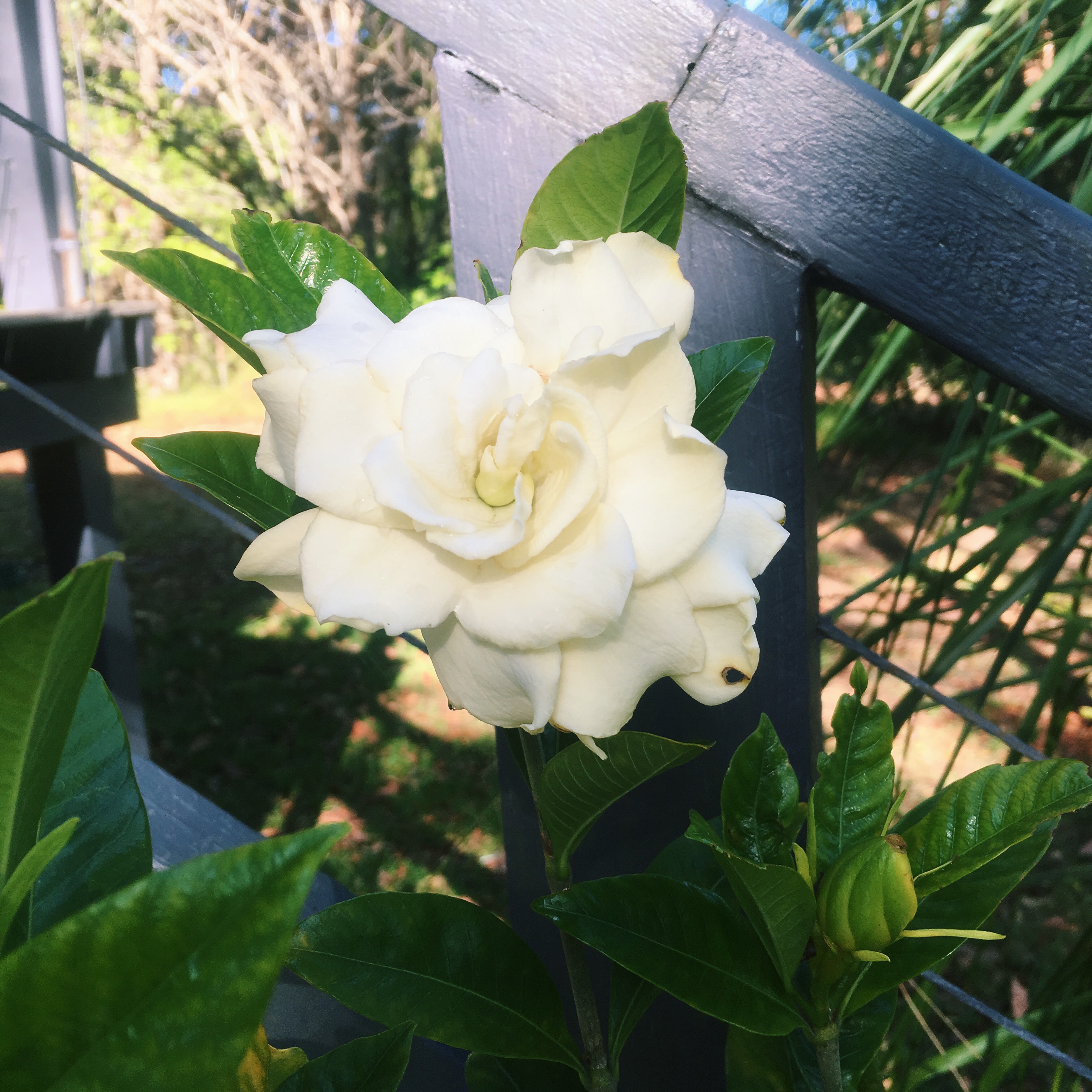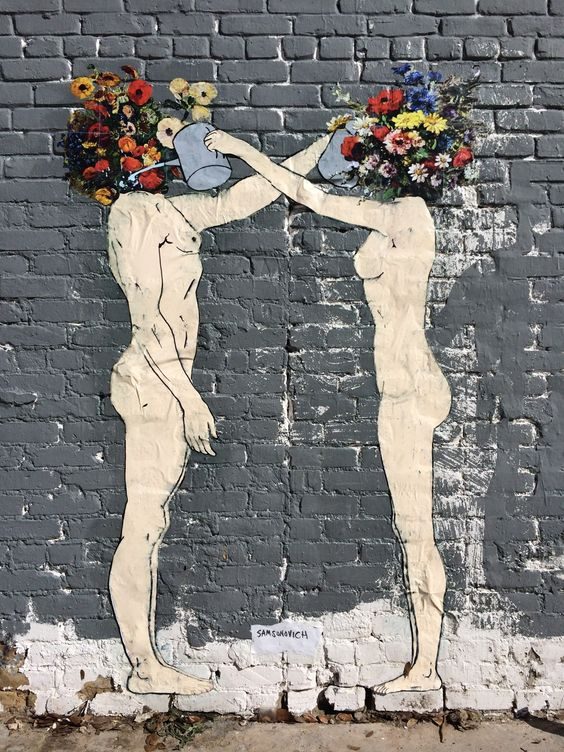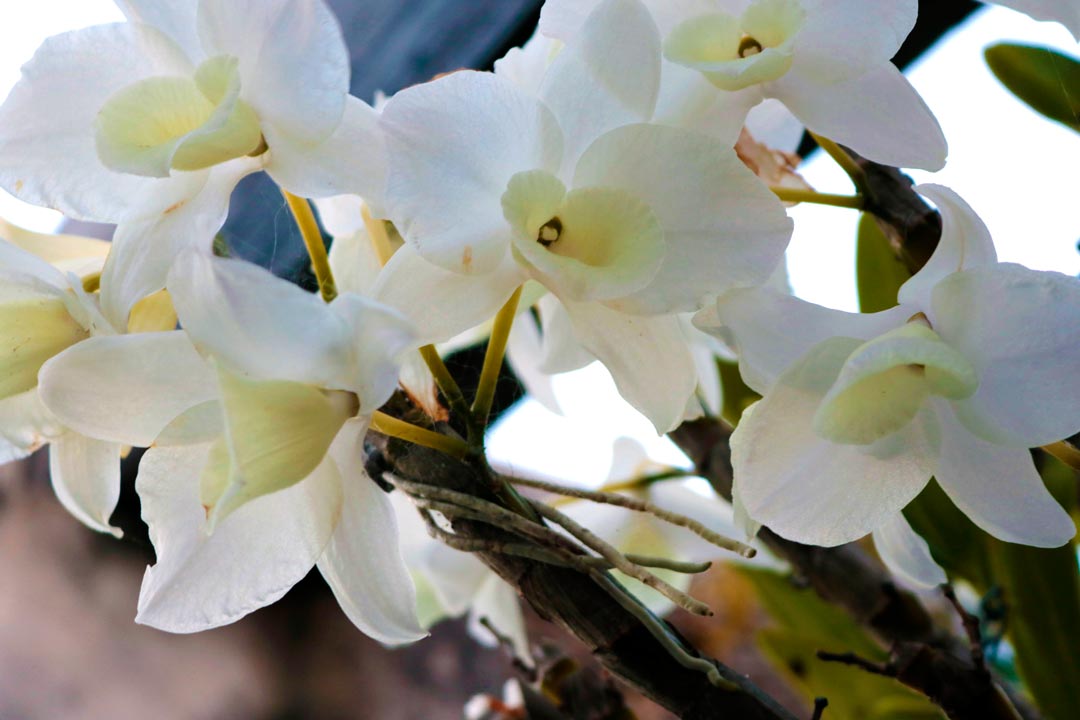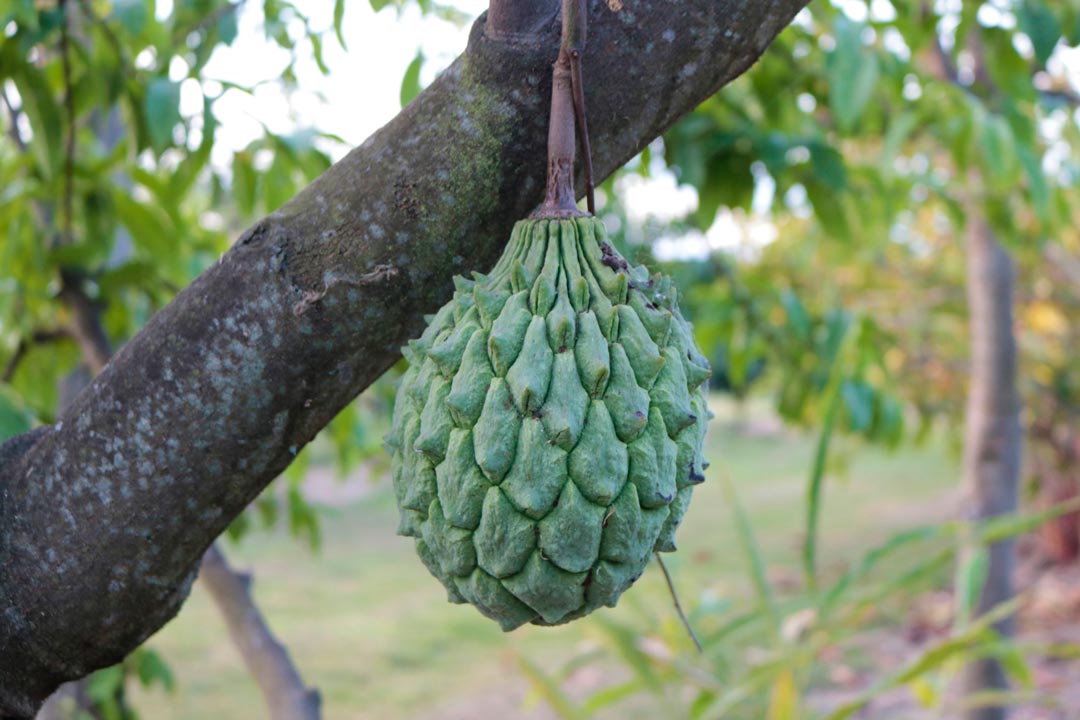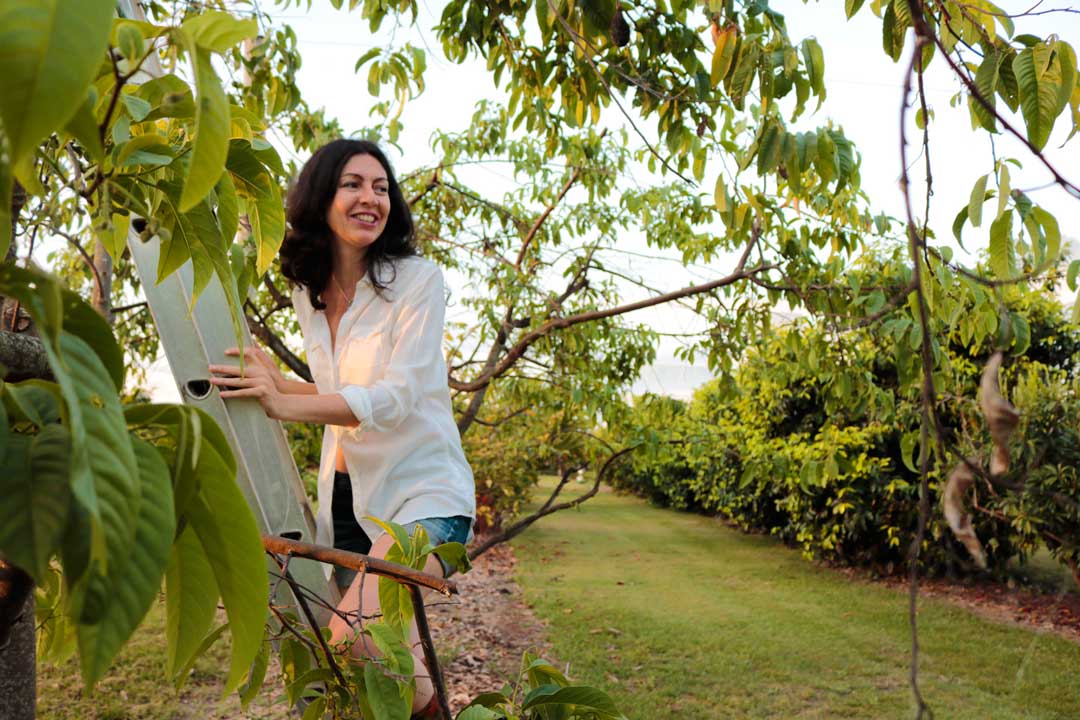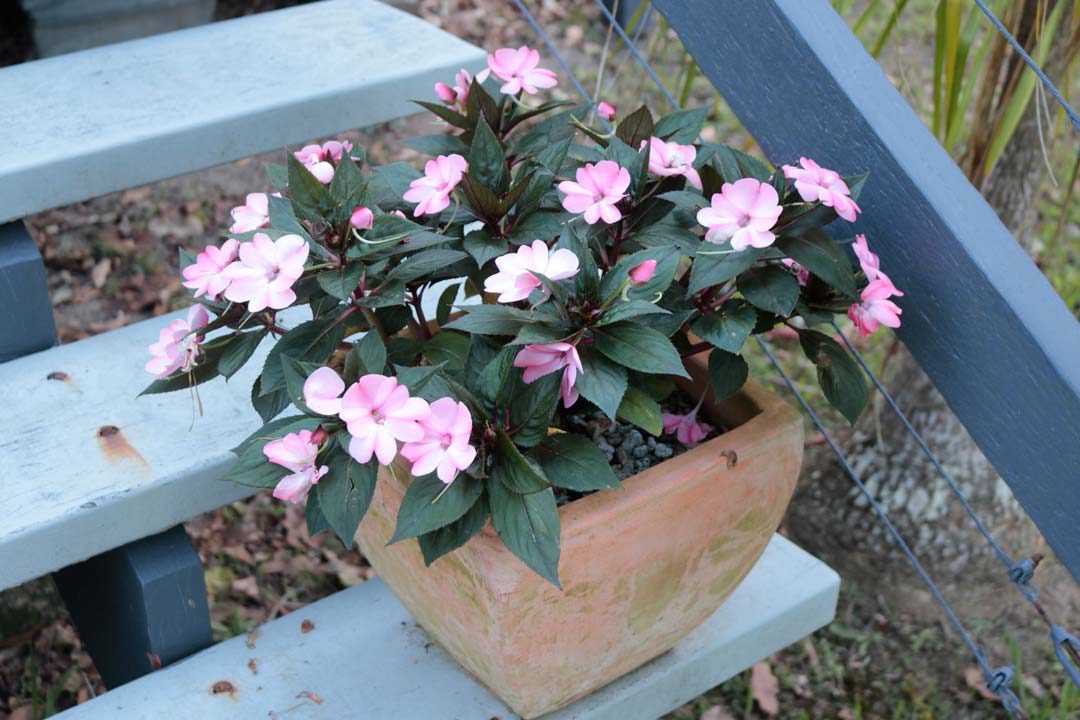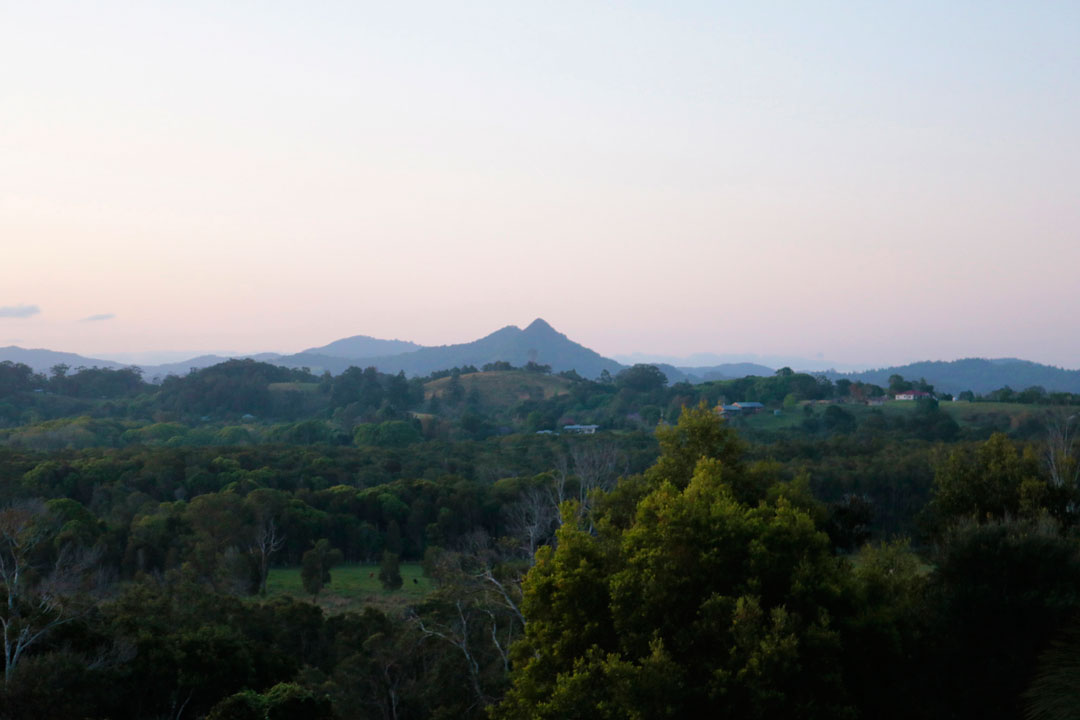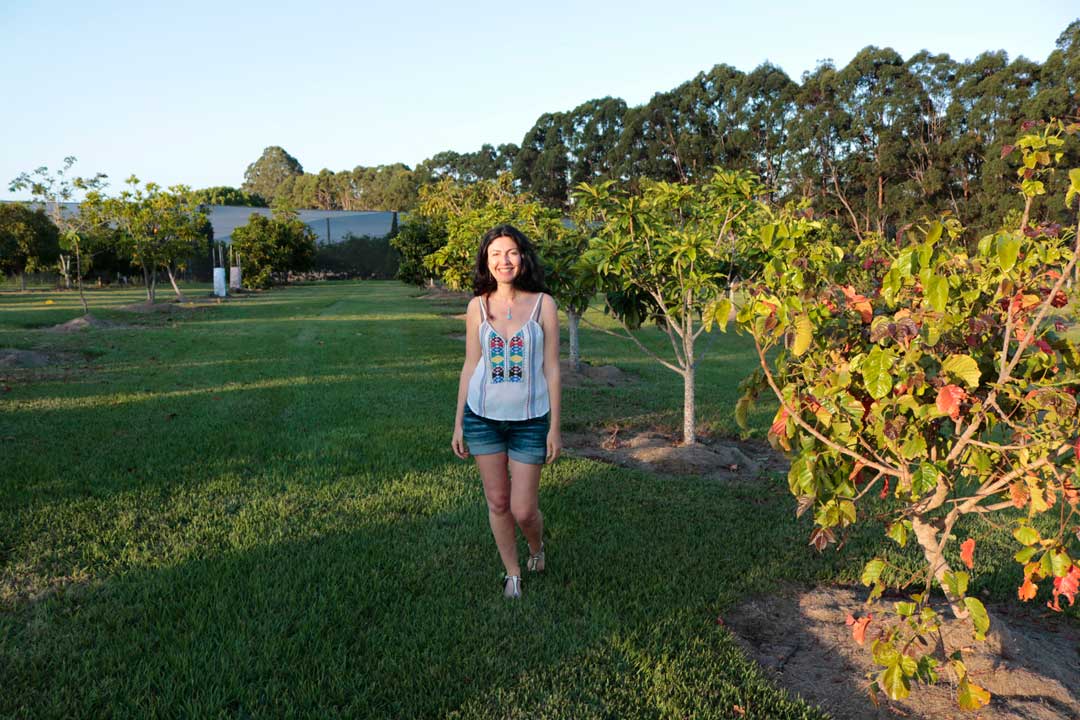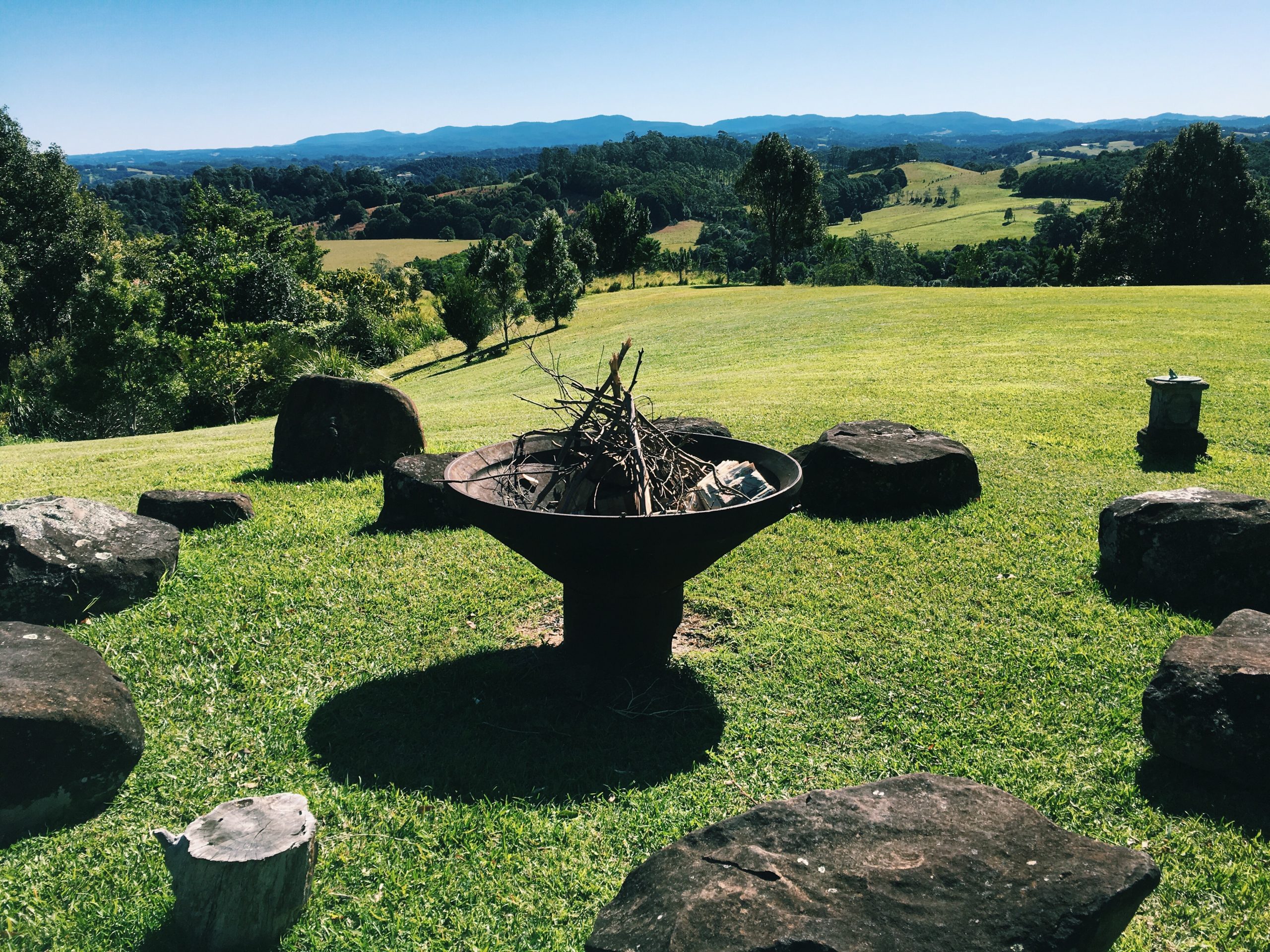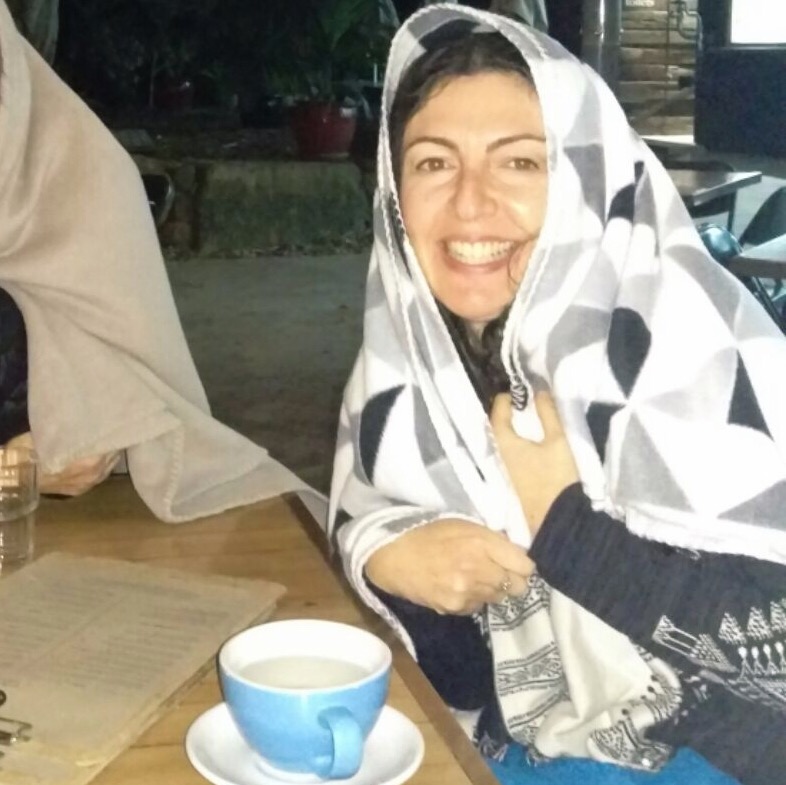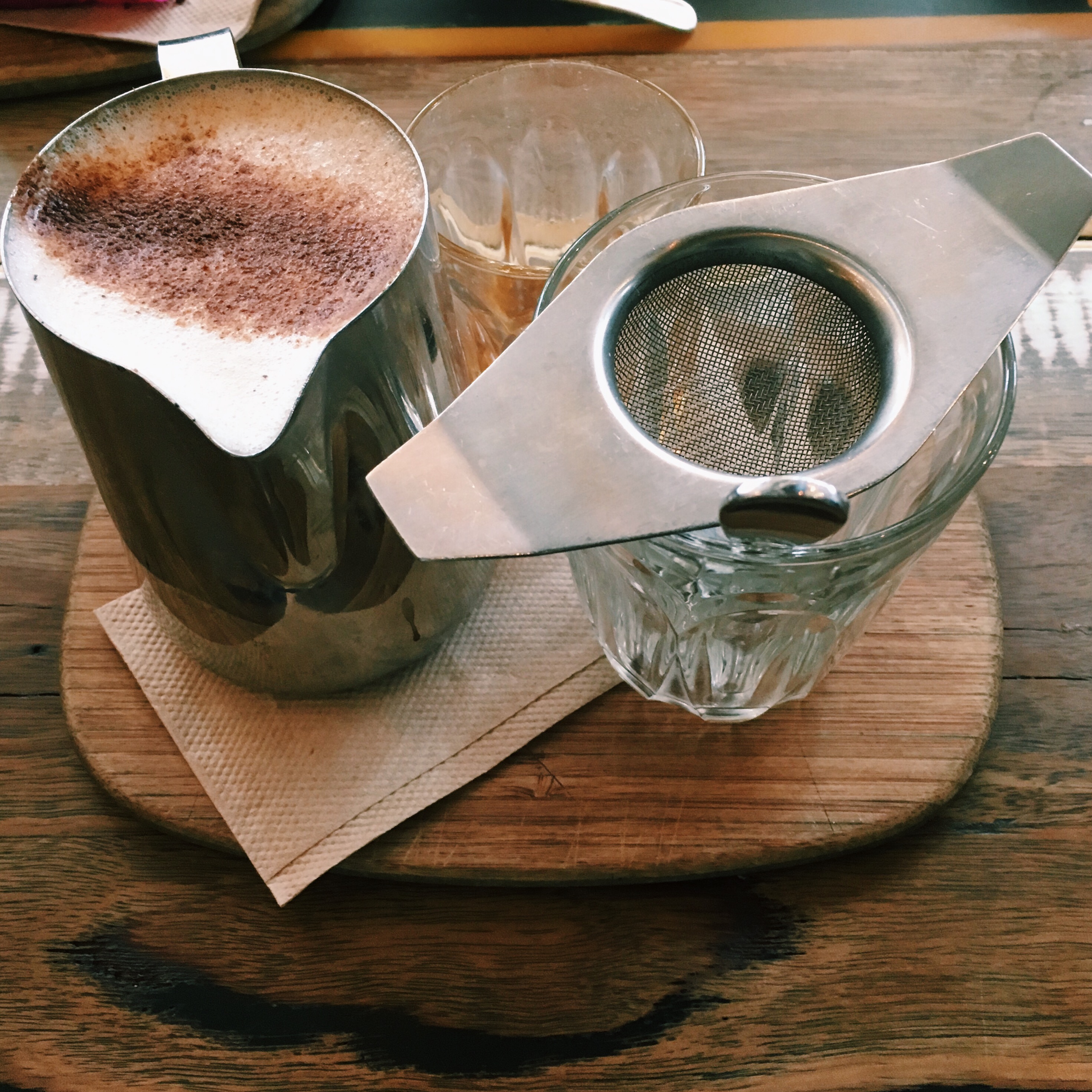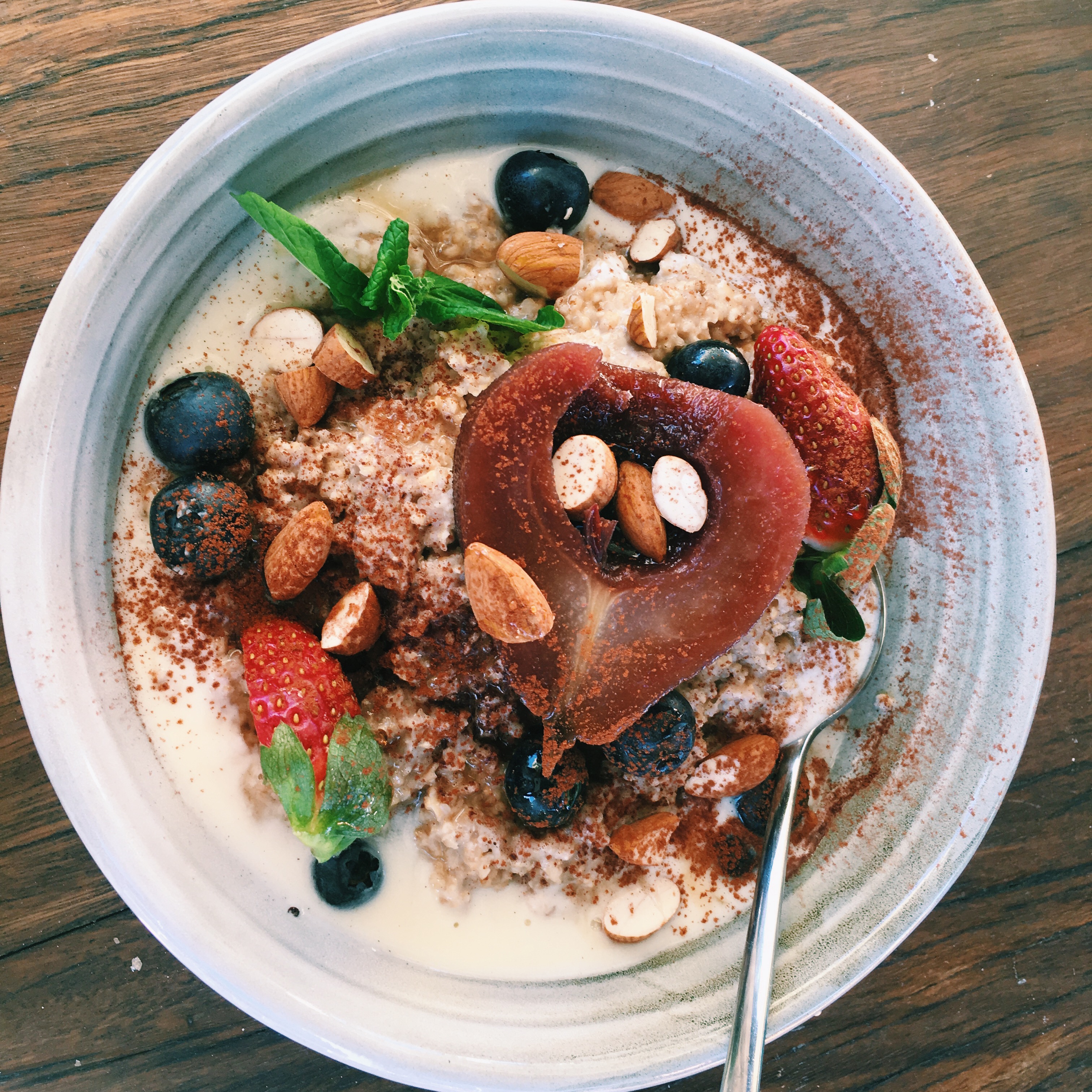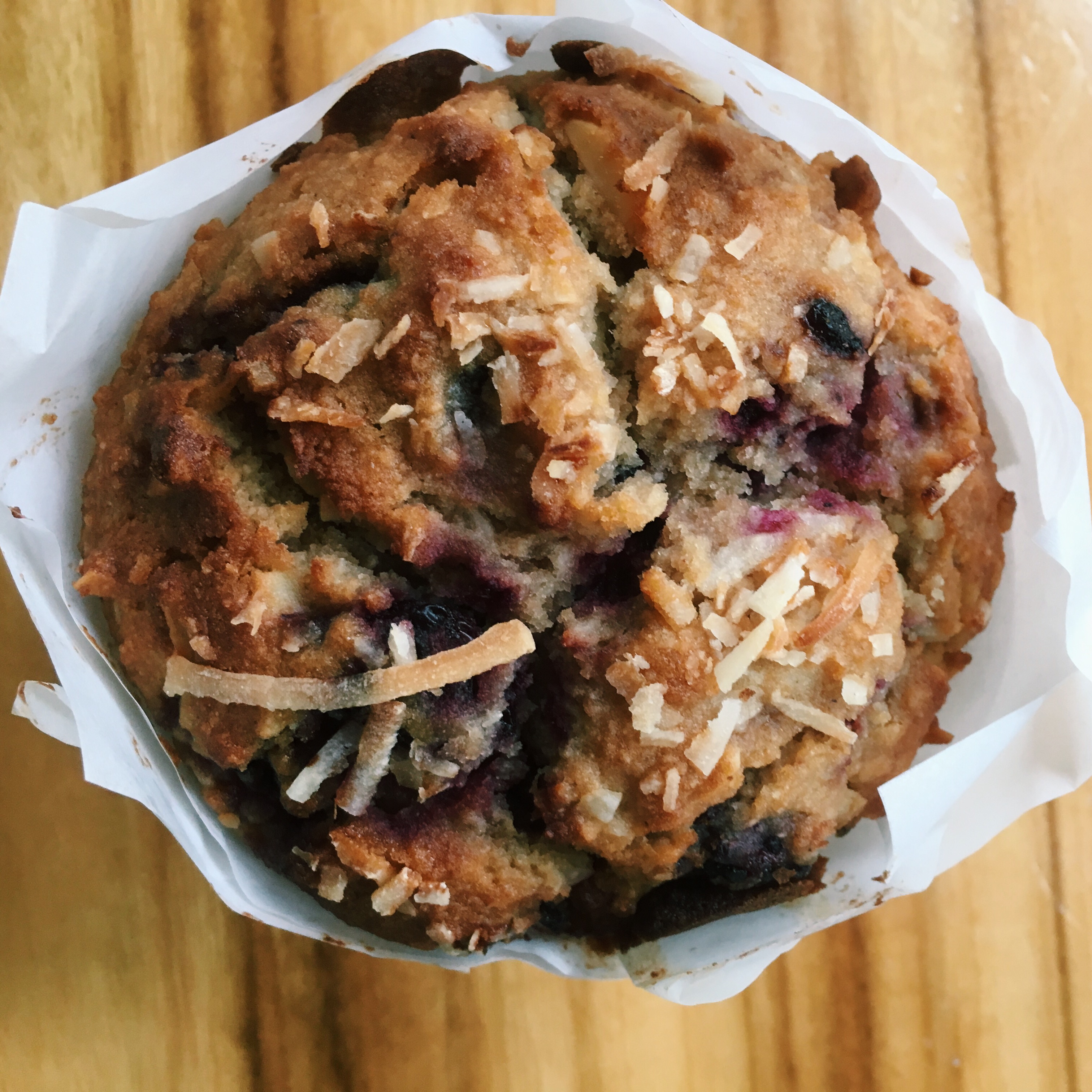“How might your life have been different if there had been a place for you, a place for you to go to be with your mother, with your sisters and the aunts, with your grandmothers, and the great and great-grandmothers, a place for women to go, to be, to return to, as woman?
How might your life be different?
– Extract from Circle of Stones by Judith Duerk
The first time I read these words I had flashbacks to little Sharon lying on the newly cut lawn of my grandparents house on Saturday afternoons. Surrounding me were my grandmother and her sisters, my mum and her sister, my cousins, and sometimes,other women from the community.
There was bustle, there was laughter, there were cups of tea and plates of freshly baked biscuits; but most of all, there were stories.
Admittedly some of the stories verged on gossip, yet in the main part they encompassed simple, great tales of love and life.
There were stories of romance, stories of post-war struggles, stories of businesses, stories of motherhood and stories of families.
There were stories of troubles and successes in the community, of those who lent quiet helping hands and of those who required those hands.
There were stories of hard times and good times; of fears and of desires.
The stories weren’t edited for the best angle or sell appeal. They were real and both confronting and bewitching in their honesty.
Perhaps most importantly, in the story telling I found something in me. In the sharing and in the listening I felt the woman within blossom.
I miss those afternoons. I miss my grandmother and her sisters. I miss what I discovered and felt in their presence.
The wisdom imbibed, the nurturing received, the love exchanged, the knowing smiles, the concerned frowns, the questioning eyes and the always understood fact – we were cut of the same.
These are the secrets of womanhood that aren’t what we read in magazines or Instagram posts. These are the secrets that are passed on in gardens and in kitchens; at births and on deathbeds; in sacred sites and in circle.
My whole life I’ve craved these gatherings. These places where women can be women, where women can witness other women being women; where in our commonality we find our beauty and power.
Our news feeds are filled with advice on how we can be better women; the internet is filled with courses on how to become feminine; the bookstores are filled with books on how to improve ourselves.
But what if there is nothing to improve. What if there is nothing to become.
What if all we truly need is a place where we can just be ourselves.
I hold new moon and full moon circles in Melbourne. This is my adaptation of Saturday afternoon childhood parties.
This is not a place to learn; but a place to remember, rediscover and embrace the women we already are.
